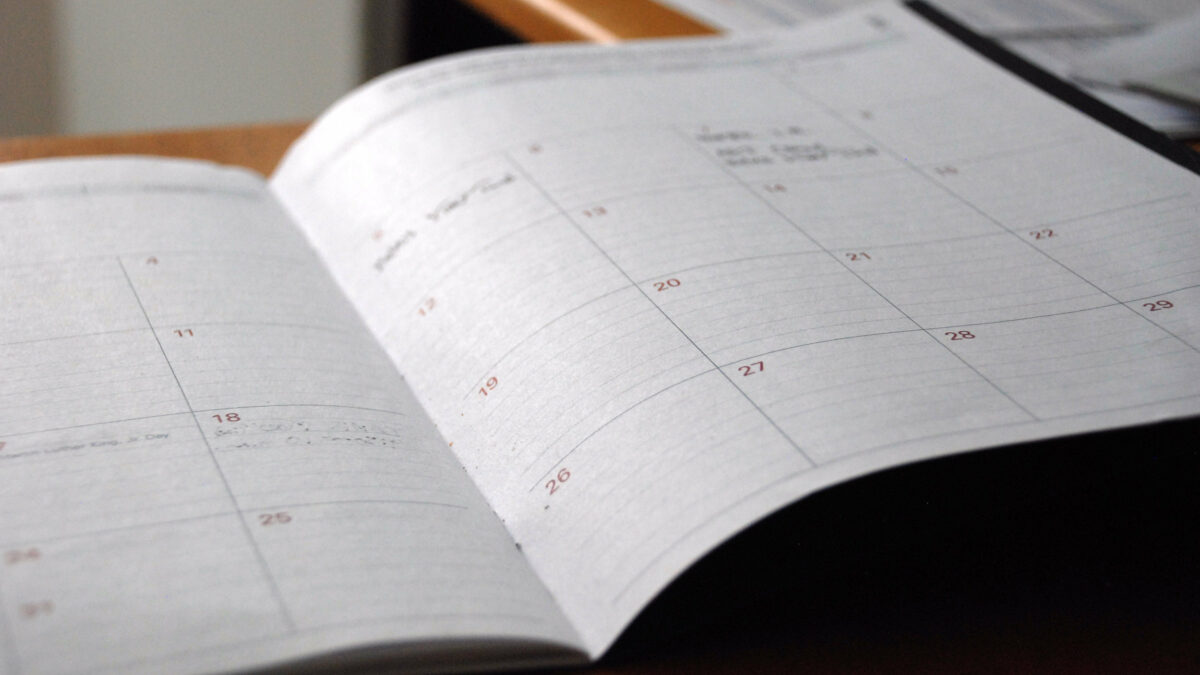
The Internet of Things (IoT) is a topic that is continuing to rise in buzz and interest. The IoT has been rapidly arriving around us whether we realize it or not. However, the sensor technology behind the IoT and the data it generates is outpacing our ability to consume, analyze, and drive value with it. This must change, and it certainly will in light of the focus that organizations are putting on analyzing IoT data.
WITHOUT ANALYSIS, IOT DATA IS WORTHLESS
To date, a lot of effort has been put into creating sensors, deploying them, and generating masses of data. However, lagging behind that effort is the analysis of the data. As with any data, no value is driven without analysis and action. It would have been better if more thought was given to how to utilize the data generated prior to creating sensors that stream it out. Given that we are where we are, the best path forward is to begin to aggressively analyze the data of the IoT. This is what I, and others, have begun to call the Analytics of Things (AoT).
THE PROMISE OF THE ANALYTICS OF THINGS
The value of the AoT is already proven in a wide variety of settings. These examples are still from early adopters and often initial prototypes. However, this type of analysis will be ubiquitous very soon. Here are just a few examples of the type of AoT work that organizations are tackling today:
Predictive maintenance is one of the widest spread AoT applications today. The premise is to analyze sensor data from equipment such as engines, ATMs, or computers and identify trouble brewing before a break down. By proactively addressing a problem before a major failure, a lot of money can be saved, as many clients Teradata works with have proven.
Self-driving cars are being widely tested by a number of automotive companies, as well as Google. As I often discuss in my speaking engagements, self-driving cars are possible only through a wide range of analytics against a myriad of sensor data.
Traffic information is so granular and accurate today that it is hard to remember the days when you’d hear a radio update every 10 minutes and try to figure out if your ride home was going to be impacted. Based on our cell phone connections, traffic information is now available in near real time for every stretch of road in areas with a large population.
Our entire power infrastructure is being transformed by Smart Grid technologies into something much more efficient than in the past. Analytics are continuously looking at power flows throughout the network. Adjustments are made to balance loads and to avoid trouble spots. Our power supply will be not only more stable, but cheaper as well since less waste will occur.
While the analysis of personal fitness devices is still in its infancy, we are already collecting massive amounts of information about our activities, our sleep habits, our heart rates, and more. As we individually collect years of data, we’ll gain insights into health that weren’t possible before. It will certainly lead to changes in how we behave and receive healthcare in the future.
THE CHALLENGES OF THE ANALYTICS OF THINGS
Of course, there are a lot of challenges we’ll need to tackle as well in order to reach the full potential of the AoT. Each of the challenges below are worthy of an entire post, but I’ll summarize them briefly here:
The volume of data is mind numbing. How do we intelligently transmit and keep only what is necessary for the analytics we need to do? Not everything a given sensor can transmit is necessarily worth transmitting, and certainly not at the fastest pace it can transmit.
Where do the analytics occur? It may be necessary to have some initial filtering and analysis done within devices before they ever transmit anything. It may also be necessary to have additional layers of analysis and filtering before arriving at a final set of data to keep.
How will we keep the data secure and protect privacy? This is not an easy challenge and I explored this topic in a blog in 2014.
How can we reduce the complexity of the data down to something usable? For problems that entail the analysis of data from many different devices, the dimensionality becomes quite large. A lot of research and testing will need to be done to determine what dimensions and combinations of data really matter.
What standards are required? We can’t have every car brand, for example, using its own protocol to communicate with other cars. We need all the cars on the highway to be able to communicate with others in their vicinity if we are to be able to achieve the more sophisticated aspects of self-driving cars, for example.
You can expect that there will continue to be a lot of discussion about the Internet of Things and the Analytics of Things that it enables. The last type of analysis I recall being as excited about as AoT was the use of web data about a decade ago.